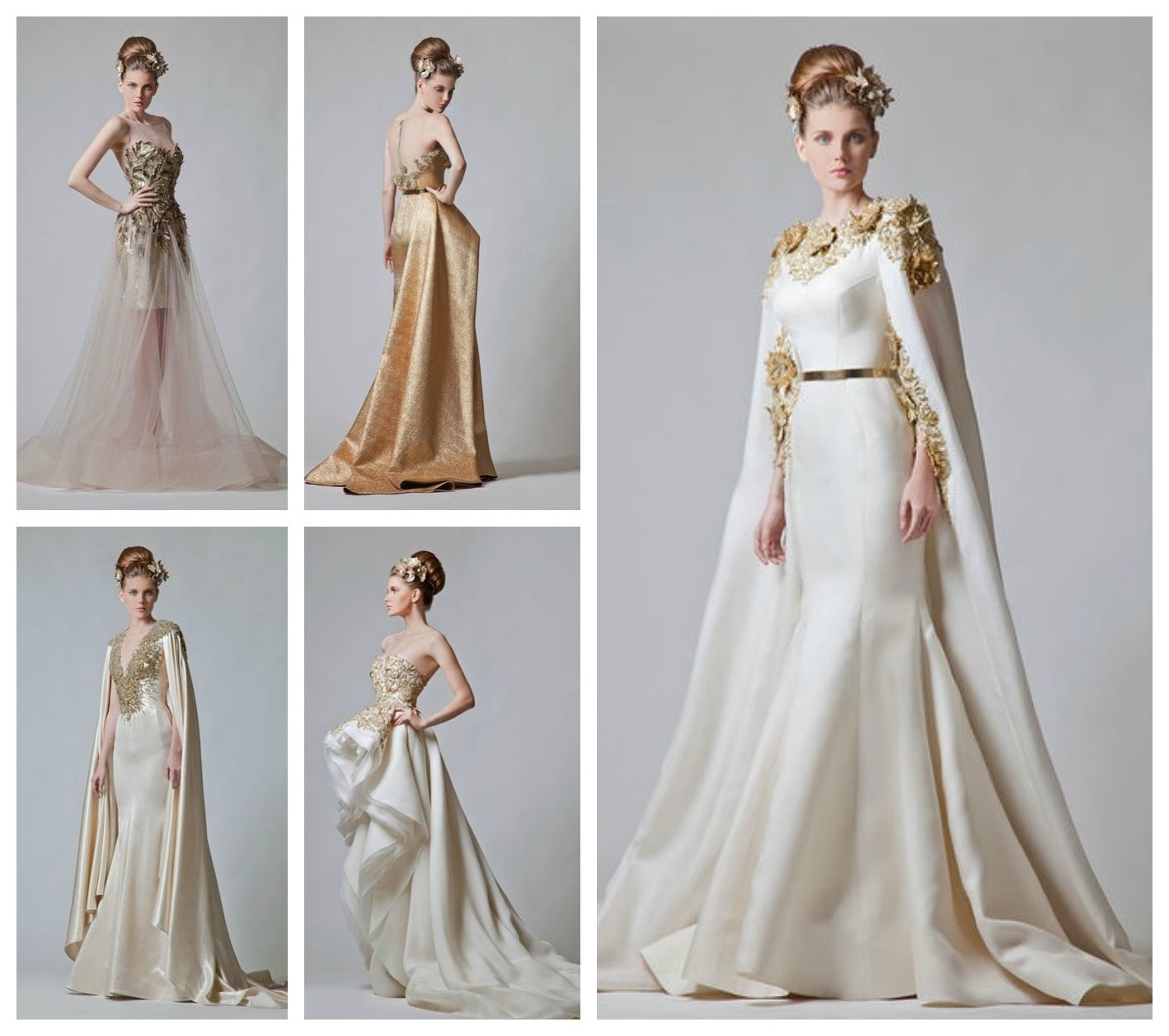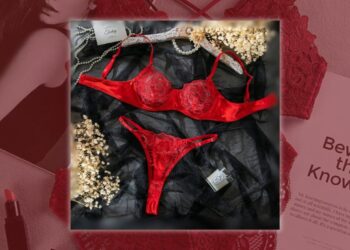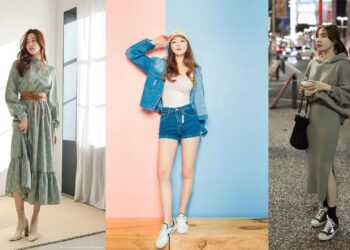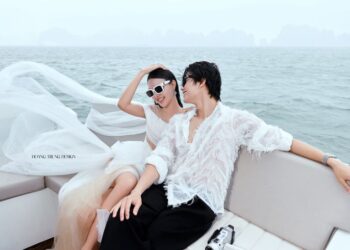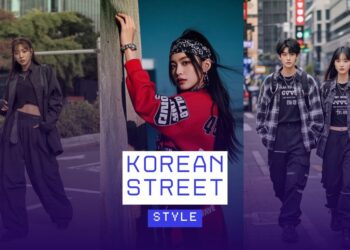Table of Contents
The history of Roman fashion is a long and rich one, dating back to the early days of the Republic. Roman clothing was influenced by a variety of cultures, including Greek, Etruscan, and Egyptian. Over time, Roman fashion evolved to reflect the changing social and political landscape of the empire.
The most basic garment worn by both men and women in ancient Rome was the tunic. Tunics were made of wool or linen, and they could be either short or long. The length of the tunic often indicated the wearer’s social status. For example, short tunics were typically worn by slaves and laborers, while long tunics were worn by free citizens.
The toga was the most formal garment worn by Roman men. Togas were made of a large piece of woolen cloth that was draped over the body in a complex manner. The toga was a symbol of Roman citizenship, and it was only worn by free men. The history of Roman fashion is very fascinating and interesting.
Women in ancient Rome wore a variety of garments, including the stola, the palla, and the strophium. The stola was a long, loose-fitting dress that was worn by married women. The palla was a large cloak that was often worn over the stola. The strophium was a breast band that was worn by women to support their breasts.
Also checkout: Detailed Discussion Of Mughal Fashion Era
Roman fashion was also influenced by the climate of the Mediterranean region. In the hot summer months, Romans often wore lightweight garments made of linen or cotton. In the winter, they wore heavier garments made of wool.
Roman fashion was also influenced by the culture of the empire. As Rome conquered new lands, it came into contact with new cultures and fashions. These new influences were often incorporated into Roman fashion, creating a unique and eclectic style.
History Of Roman Fashion:
The history of Roman fashion is a fascinating one that reflects the changing social, political, and cultural landscape of the empire. Roman fashion continues to inspire designers today, and its influence can be seen in the latest trends. Different era’s of Roman Fashion in detail.
Early Roman Fashion (753 BC – 27 BC)
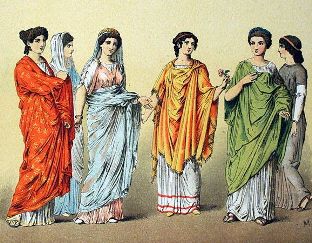
Roman fashion in the early period was simple and practical. Men wore tunics, which were long, loose-fitting garments that reached to the knees. Women wore stolas, which were long, draped garments that covered the body from the neck to the ankles. Both men and women wore sandals or boots.
Middle Roman Fashion (27 BC – 180 AD)
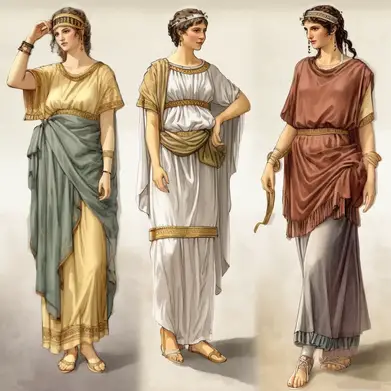
In the middle Roman period, fashion became more elaborate. Men began to wear togas, which were large, rectangular garments that were draped over the body in a complex manner. Women’s fashion also became more elaborate, with the introduction of the palla, which was a large, rectangular cloak that could be draped in a variety of ways.
Late Roman Fashion (180 – 476 AD)
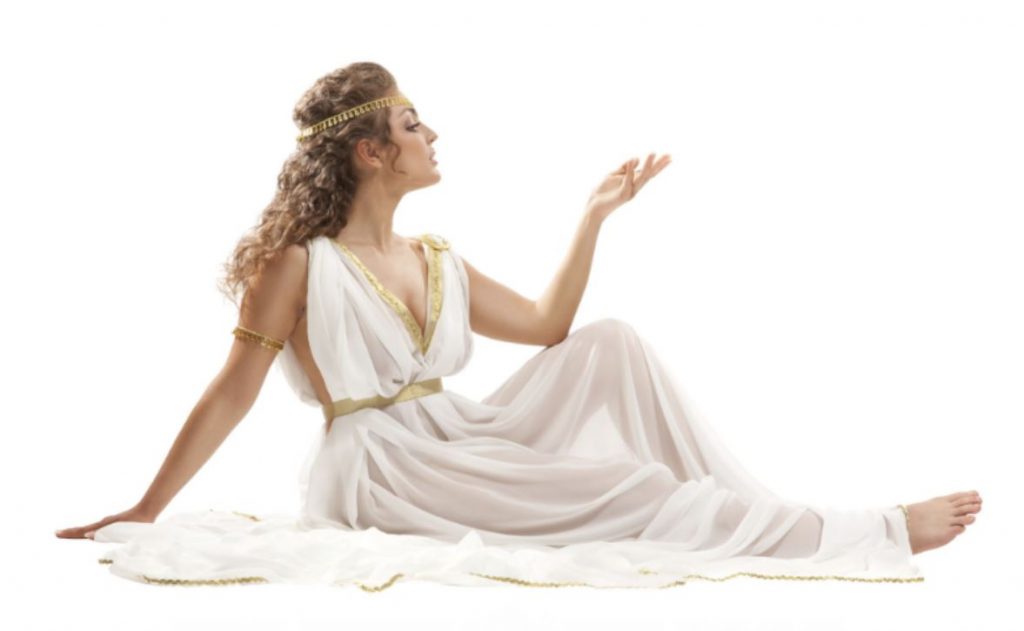
In the late Roman period, fashion became more decadent. Men began to wear elaborately decorated togas, and women began to wear more revealing clothing. This was a time of great social and political upheaval, and fashion reflected the changing times.
Roman Fashion and Social Status
Fashion in ancient Rome was a reflection of social status. The wealthy wore more expensive and elaborate clothing than the poor. The emperor and his family were the most fashionable people in the Empire, and they set the trends for others to follow.
Roman Fashion and Gender Roles
Fashion in ancient Rome also reflected gender roles. Men and women were expected to dress in different ways, and there were strict rules about what was considered appropriate attire for each gender. Men were expected to dress in a way that showed their strength and authority, while women were expected to dress in a way that showed their modesty and femininity.
Roman Fashion and the Military
The Roman military had its own unique fashion style. Soldiers wore uniforms that were designed to be practical and functional. They also wore helmets, armor, and other protective gear. The military fashion of ancient Rome was a reflection of the power and might of the Roman army.
Roman Fashion and Religion
Religion also played a role in Roman fashion. Priests and priestesses were required to wear special clothing when performing religious rituals. This clothing was often made from expensive materials and was decorated with religious symbols.
Roman Fashion and the Arts
Roman fashion was also influenced by the arts. Artists and sculptors often depicted Roman fashion in their work. This helped to spread Roman fashion throughout the Empire and to make it known to other cultures.
Also checkout: Top 10 Fashion Styles in USA
Conclusion
Roman fashion was a complex and ever-changing phenomenon. It was influenced by a variety of factors, including social status, gender roles, the military, religion, and the arts. Roman fashion was a reflection of the power and prestige of the Roman Empire, and it continues to be admired and studied today.
Here are some additional details about Roman fashion in each era:
Early Roman Fashion
- Tunics were made from wool, linen, or cotton.
- Stolas were often constructed of wool, linen, or silk.
- Both men and women wore sandals or boots.
- Jewelry was popular, especially among women.
- Hairstyles were varied, but men often wore their hair short and women often wore their hair long and braided.
Middle Roman Fashion
- The toga became the standard garment for Roman men.
- The palla became a popular garment for Roman women.
- Jewelry became even more popular, and it was often made from precious metals and stones.
- Hairstyles became more elaborate, and women often wore wigs.
Late Roman Fashion
- The toga became less popular, and other garments, such as tunics and cloaks, became more popular.
- Fashion became more decadent, and people began to wear more revealing clothing.
- Jewelry became even more elaborate, and it was often made from exotic materials, such as gold, silver, and jewels.
- Hairstyles became even more elaborate, and people often wore wigs and other hairpieces.
I hope this blog has given you a better understanding of the history of Roman fashion.
Also checkout: The Role of 21st Century Fashion Industry
“This article was written by Bard, a large language model from Google AI.”

